Fueling Differences for Short and Longer Races
- October 9, 2017
- Last Updated: November 8, 2021
- 40 Comments
- Nutrition
Hey friends,
It is time for a running and nutrition post because you guys know this is like my favorite topic (aside from telling people to eat when you’re hungry). Very timely considering yesterday was the Chicago Marathon!
As an Amazon Associate, I may earn from qualifying purchases.
I remember listening to an awesome Runner’s World podcast where Jordan Hasay was a guest when I was training for the Ogden Marathon and I felt so inspired by her. I would be so curious to know about their fueling strategies and fueling differences among races.
I’m more of a longer distance running kinda girl. I’ve done a few 10ks, just recently did a 15k, but the half marathon and marathon are more my jam. Maybe it’s because I’m built for endurance. I don’t have the speed for the short term races.
Although, after doing a long race, a 5k, 8k and even a 10k feels like a piece of cake. But, fueling strategies change based on the length of the race, so let’s talk a little bit about that today.

Sports Nutrition 101
Typically, I think most people are well-versed about how carbohydrates power exercise but there are sports nutrition myths surrounding carbs. In terms of timing, you’ll want to space them out depending on how far in advance of your workout you’re eating.
After a workout is when protein comes into play.The amino acids which make up proteins help rebuild the protein that has been broken down to fuel your muscles and movement. So, eating protein helps to rebuild them. The carbohydrates go towards replenishing your “stored fuel” (glycogen) in your muscles.
All of this is important so you can exercise again in the next few days and your muscles recover properly.
I also talk about some of my favorite post workout recovery foods in this post.

The Difference Between Short and Longer Distance Running
Before I go into the distance, if you want a guide to help distinguish some of the higher sodium/higher carb sports foods options (gels/chews/hydration, etc), check this resource out!

Shorter Distances
Typically, I tell people if you’re exercising under an hour, you don’t need to plan for a snack during exercise. Now, these cases do vary for people who may suffer from hypoglycemia, diabetes or other conditions.
But, a general rule is that if you’ve been fueling properly beforehand, you have enough fuel stored in your liver and muscles to get by. This is assuming you had a balanced meal/snack beforehand, with ample carbohydrates.
So, for most 5k’s and some 10k’s, you won’t need to fuel during. However, there are always exceptions as mentioned above.
If you practiced fueling say every 30 minutes on your own and you run a 10k in 60 minutes, then sure, I’d recommend taking your gel or chews halfway through. But, for most cases (and you have to practice this beforehand), our bodies can get by without fuel for exercise lasting under an hour.
Make sure you eat a good breakfast 2-3 hours beforehand with carbohydrates, or a power snack an hour or so beforehand to help with this.

Some of my favorite breakfast ideas are a bagel with PB/cream cheese or oatmeal with fruit/peanut butter. I have trained myself to handle toast with eggs also, but you may want to practice this one if you don’t know how they will sit in your stomach.
Favorite snack ideas: Banana with peanut butter, 1 piece of toast or 2 rice cakes with peanut butter and chia seeds/flax seeds, granola bar, dry cereal, Gu stroop waffles (ya’ll, these are amazing with coffee and a little bit of PB).
Longer Distances
Now, anything longer than an hour, I work with clients on coming up with a fueling strategy. It’s important to remember here that everyone is so different. For example, I’ve kind of trained myself to not need a snack for anything less than a half marathon.
I can do up to 10-12 miles feeling okay. Not to say, I won’t bring a gel with me for desperate times, but more often than not, if I snack/eat enough beforehand, I’m fine for that distance.
Others, however, find that they do well with consistent fuel to prevent hitting the wall in a marathon or long distance. For example, I have a client who’s training for a half marathon. We’ve reviewed the course map and learned that they will have fueling stations every 2 miles.
So, on his longer runs, we’ve practiced taking a gel every two miles to see how his stomach handles it. Or even, half a gel each time. That works for him because each time he takes in the gel (mostly carbohydrates and some electrolytes), he gets a burst of energy that seems to last until the next mile marker/fueling station.
We want to practice to reduce any symptoms of runners stomach because our gut is a muscle and can be trained!
If you’re curious about gels, I usually recommend Huma gels, Gu’s (more viscous and thicker than Huma gels), Honeystinger chews, or Clif Bloks. If you don’t handle gels or shots well, you can try Tailwind or UCan if you’re more of a liquid person.

Others, however, have more trouble taking fuel during. It can lead to cramping, GI distress or other symptoms. We usually practice and try new strategies slowly, and incorporate water WITH gels to dilute them a little bit.
Or, sometimes just raisins or fruit snacks seem to work better (These worked great for my marathon training).
I wanted something to chew and they were just what I needed. The gist of the matter is that when you’re running, the blood that usually helps you digest food in your stomach is diverted to your extremities to allow you to keep exercising.
So, digestion is not at full capability, and discomfort may appear for many people. A large part of it takes experimentation, and sometimes working with a professional to understand electrolyte balance and proper hydration.
There are so many options out there – for those who swear by liquids only (just want to make sure you’re getting calories and carbohydrates and electrolytes in those liquids, not just plain water), Tailwind is a great option to just mix in your water.
Why do we need fuel?
When you’re running over an hour or two, you definitely need to add fuel because your muscles can only store so much.
We store glycogen in our liver and muscles, but our muscle stores are much more finite.
We’re also using fat for energy in long distance running and to some extent, protein, but we don’t want to rely on protein and further break down our muscles. Our body is smart and is not ever relying “exclusively” on one fuel source.
But, carbohydrates are the main fuel source that is called upon the most because it provides the greatest amount of ATP (energy) per unit of oxygen. So, this is why we need to constantly refuel to avoid bonking or “hitting the wall.”

Depletion of our carbohydrate and energy stores is associated with fatigue, reduced energy output (i.e performance decline), reduced skill and concentration and increased perception of effort (Source).
My Recommendations
I usually recommend to my runners to start with 30-60 grams of carbohydrates per hour over 75 minutes. This could mean about 2-3 gels/hour, or half gel every 10 minutes, whatever works.
I recommend taking gels at regular intervals so your brain and body is receiving a steady flow of glucose.

Hydration
I definitely don’t want to undercut the importance of hydration in running, especially summer hydration running.
My favorite thing to tell runners is that you can’t ever catch up on hydration. If you go into the race dehydrated, you’re in a lot of trouble.
When you think about losing 1-3 pounds of sweat per hour of running, you can see how important it is to hydrate. The best way to stay on top of your hydration is to start early, have a plan for throughout, and replenish after.
For every pound of sweat you lose in a longer run, it requires 16-24 oz of water to replenish. I tell people to aim for about 16-20 ounces 2-3 hours before hand. You can also even add in another cup about 30 minutes before your run.
But, you also can’t discount dehydration in the winter, either!
Like fuel, water needs vary depending on the person. Is your sweat salty, light or heavy? You normally want to aim for 6-16 ounces every 15 minutes, depending on the quantity of your sweat and the running conditions and temperature.
For me, I carry a small water bottle with Tailwind for long runs and stop and grab water at every water station throughout the marathon.
My favorite way to replenish after is with NUUN tabs, which provide some electrolyte benefits as well. For more information on electrolytes, check out this post on why electrolytes are important for runners.

Looking for more running inspiration?
- 5 running tips for beginners
- Race Day Nutrition
- Easy Meals for Marathon Training
- How Running Relates to Your Relationship with Food
- How to recover from a race

I hope you guys found this helpful! I’d love to hear some of your personal fueling strategies, what’s worked and what hasn’t.
Support Bucket List Tummy

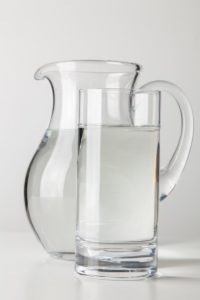
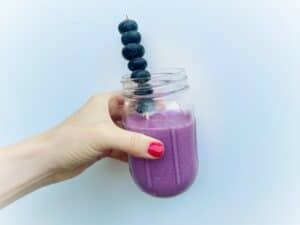
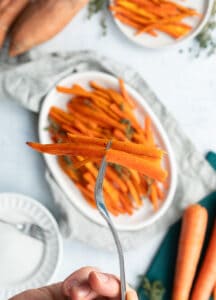
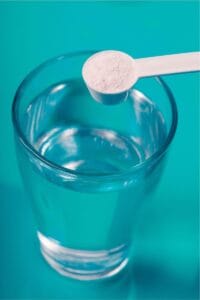

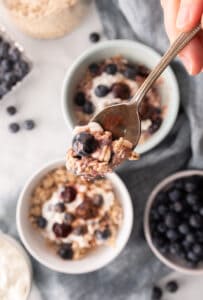
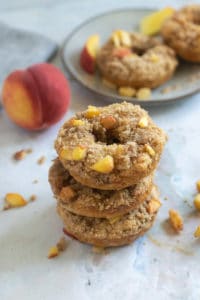



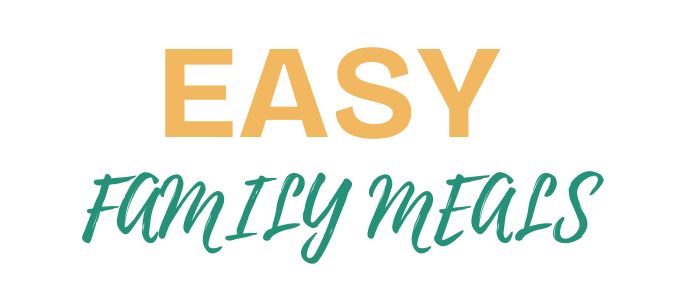
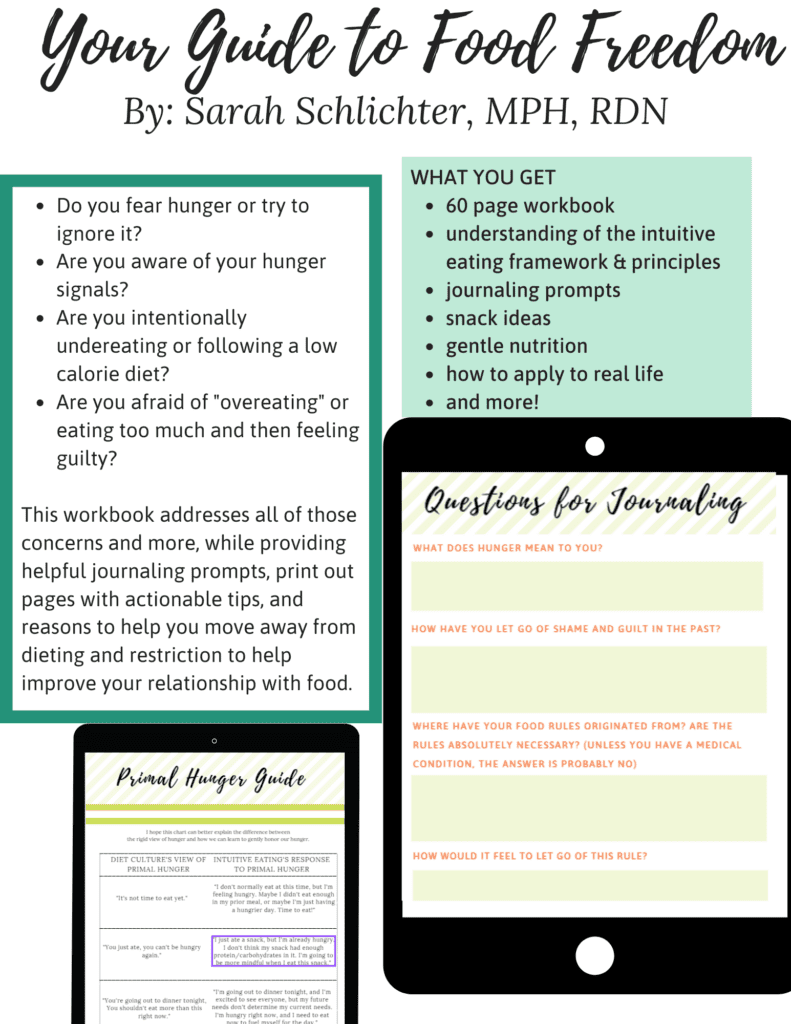
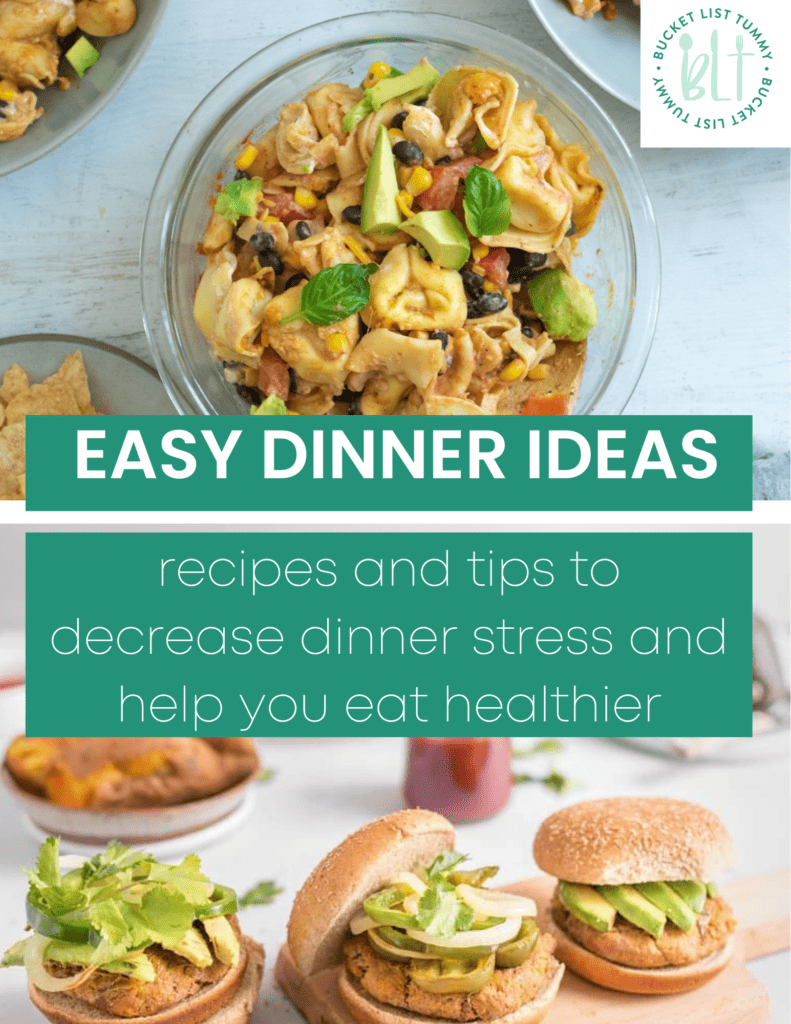
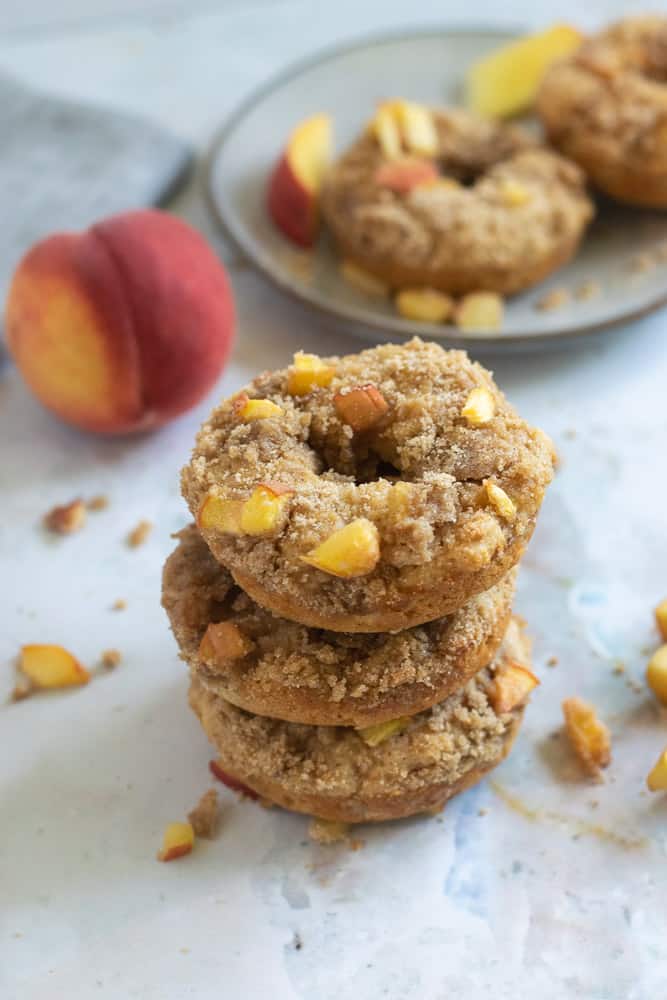


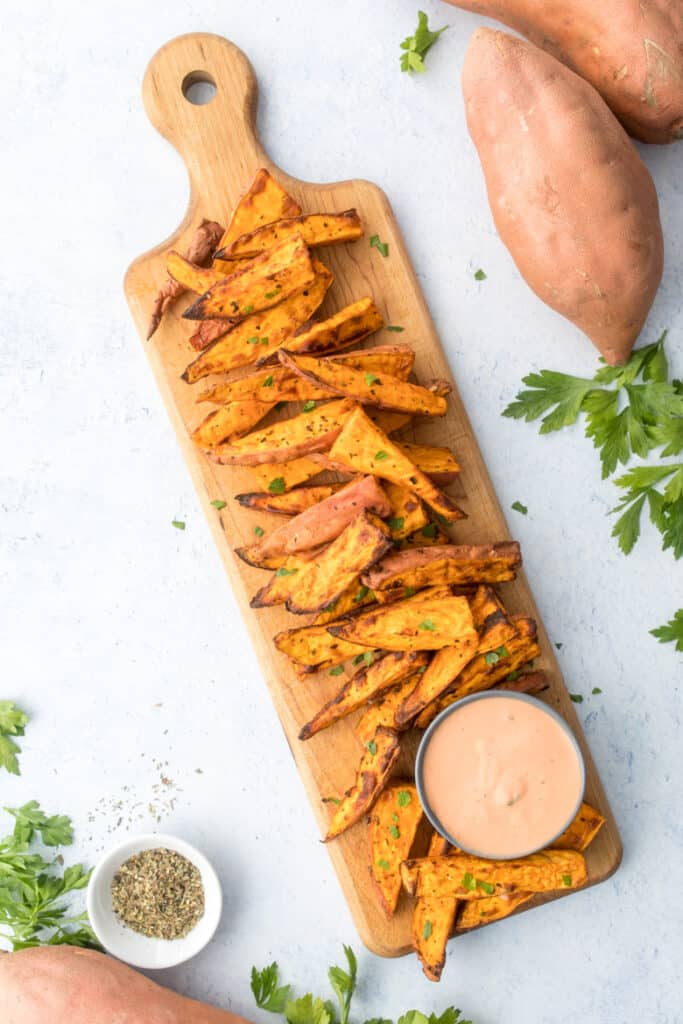
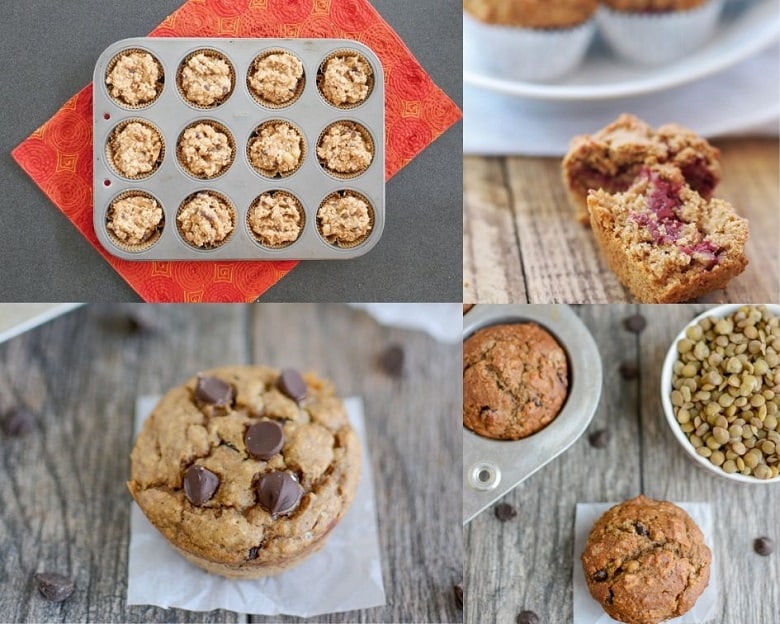
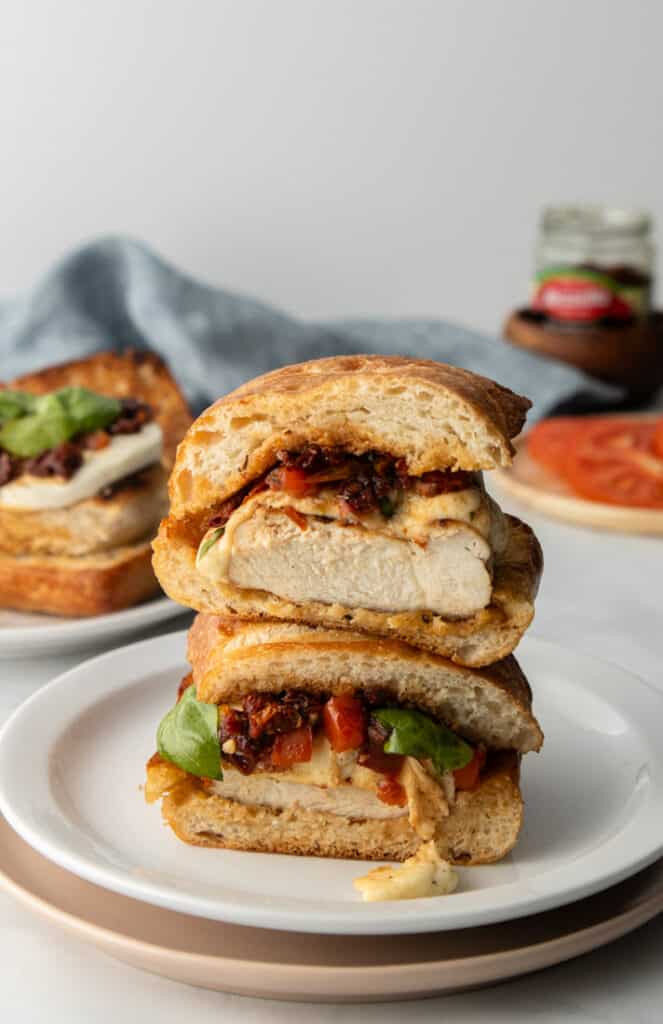
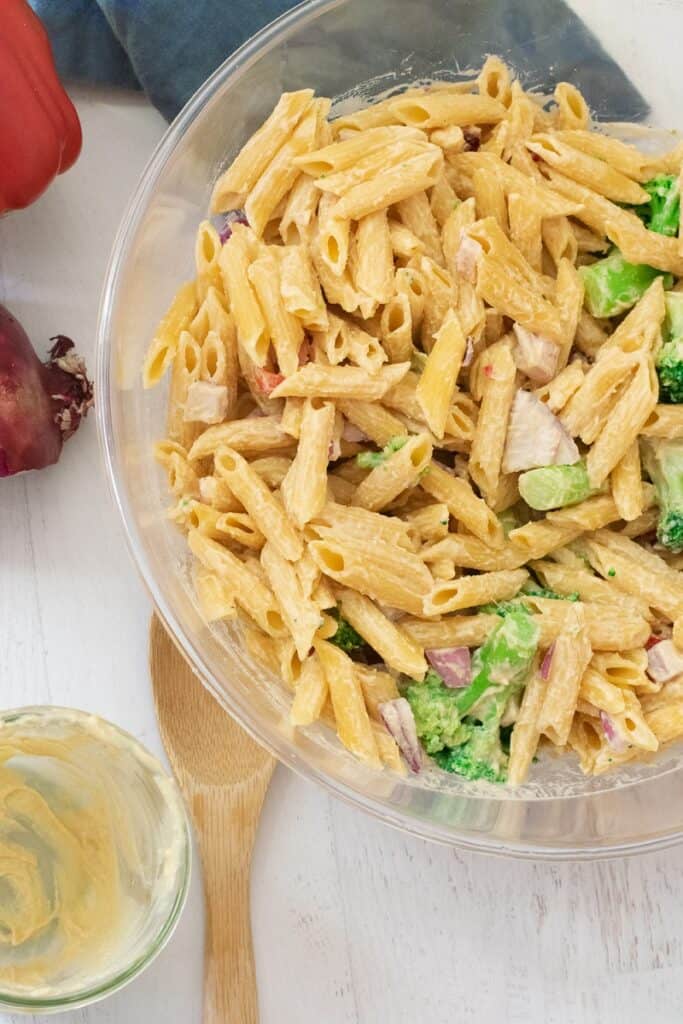
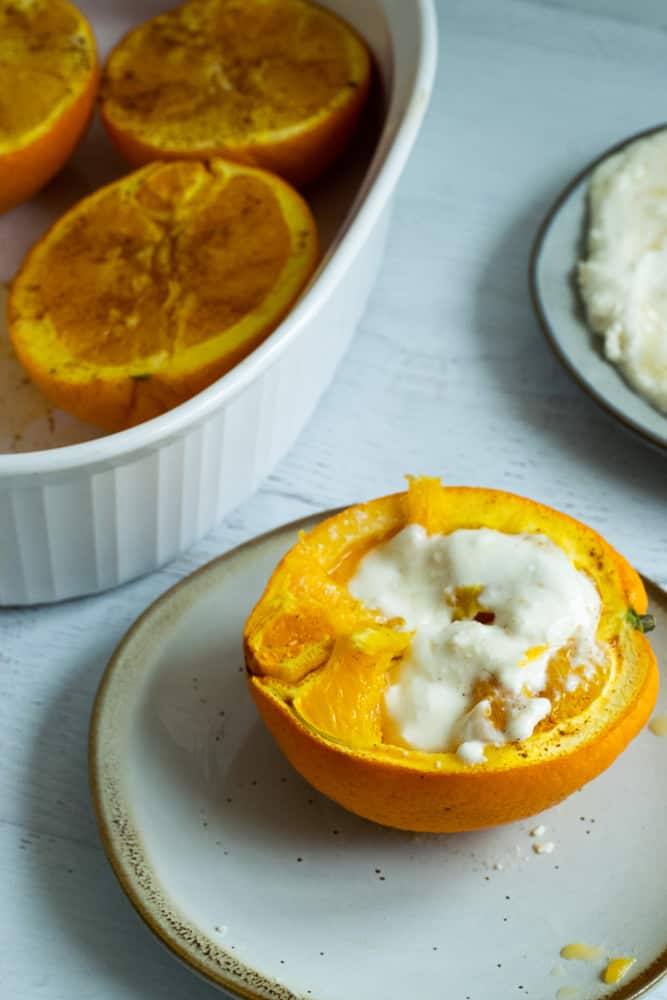
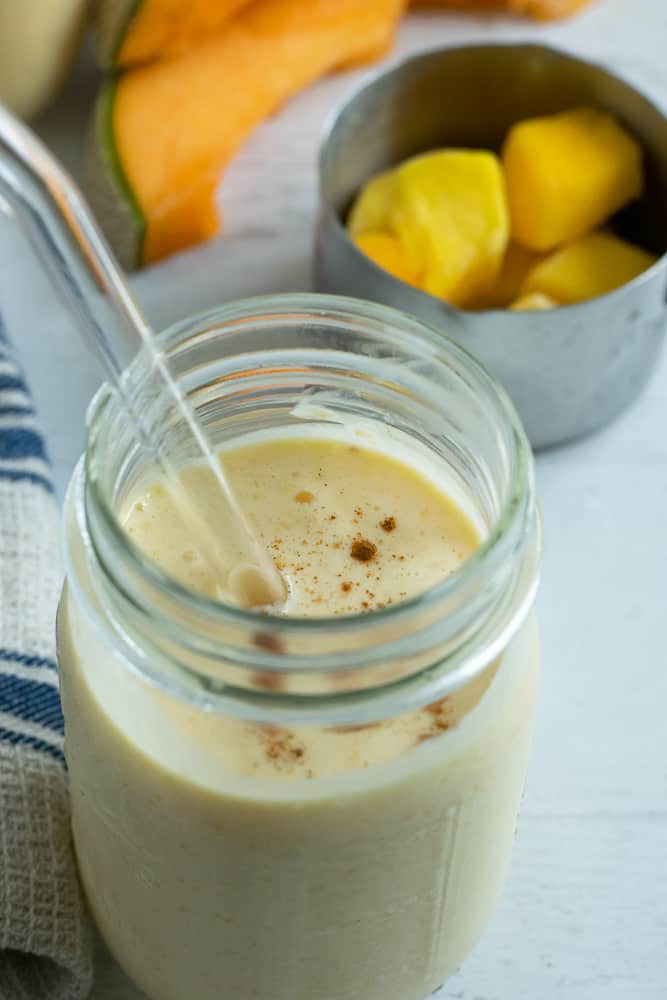
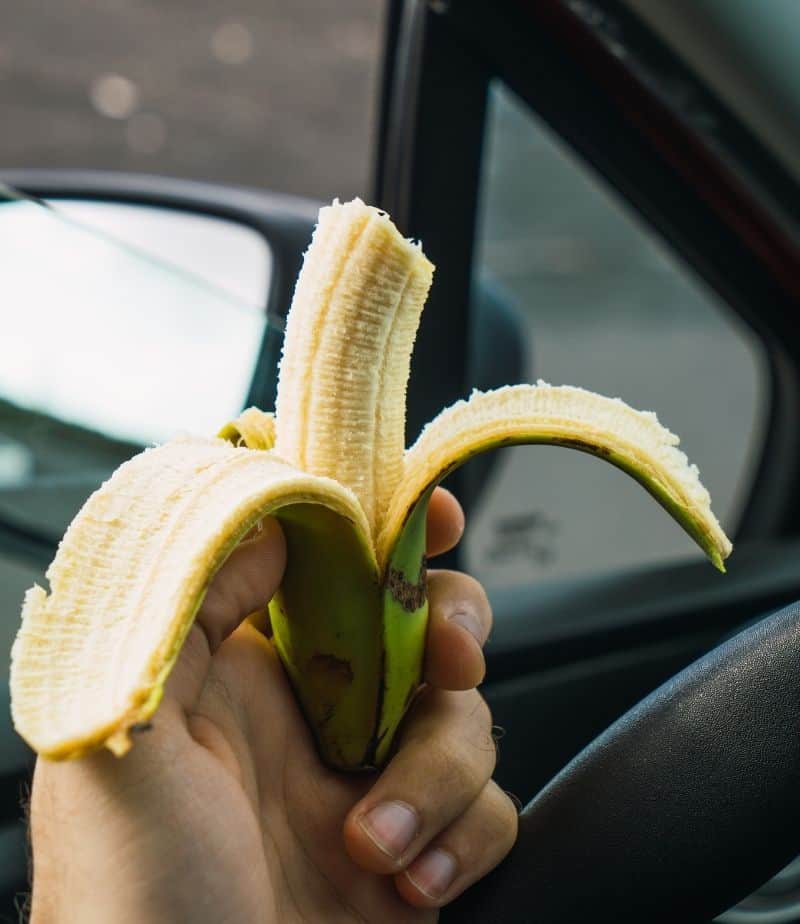
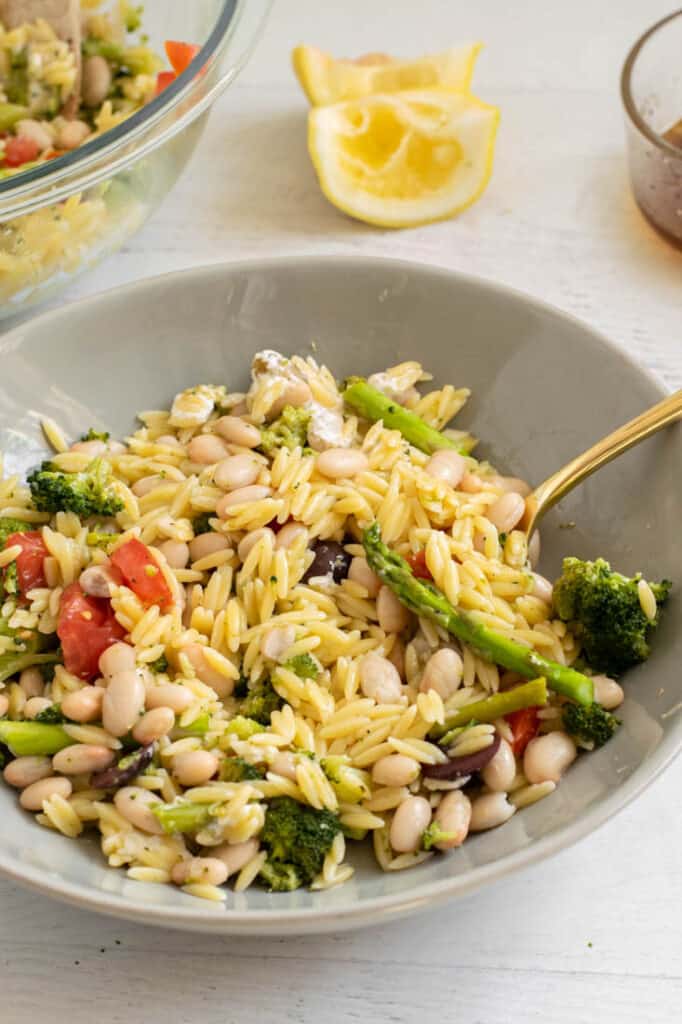
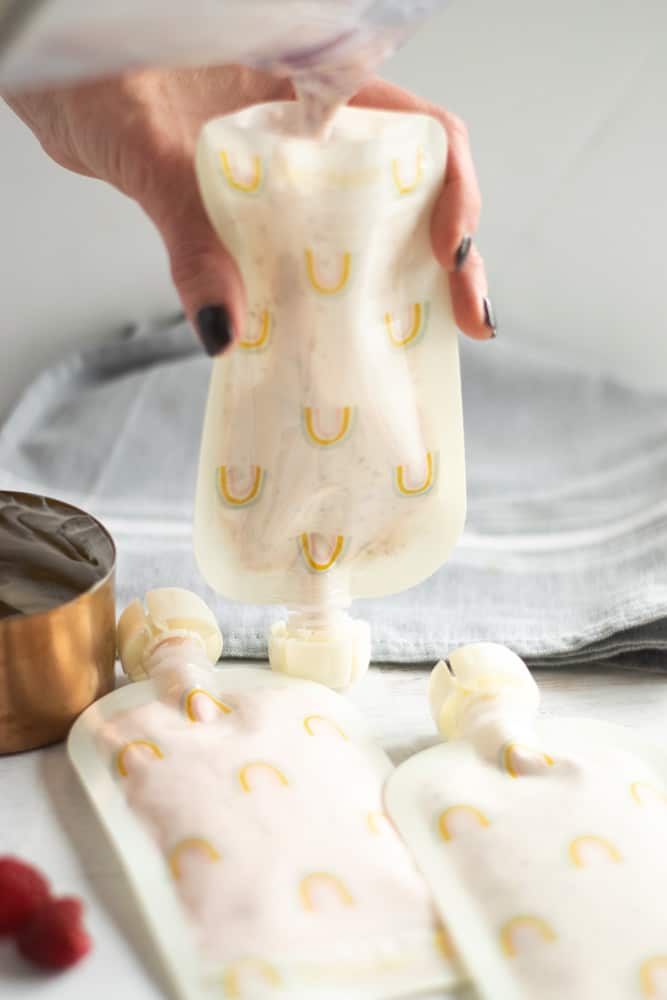
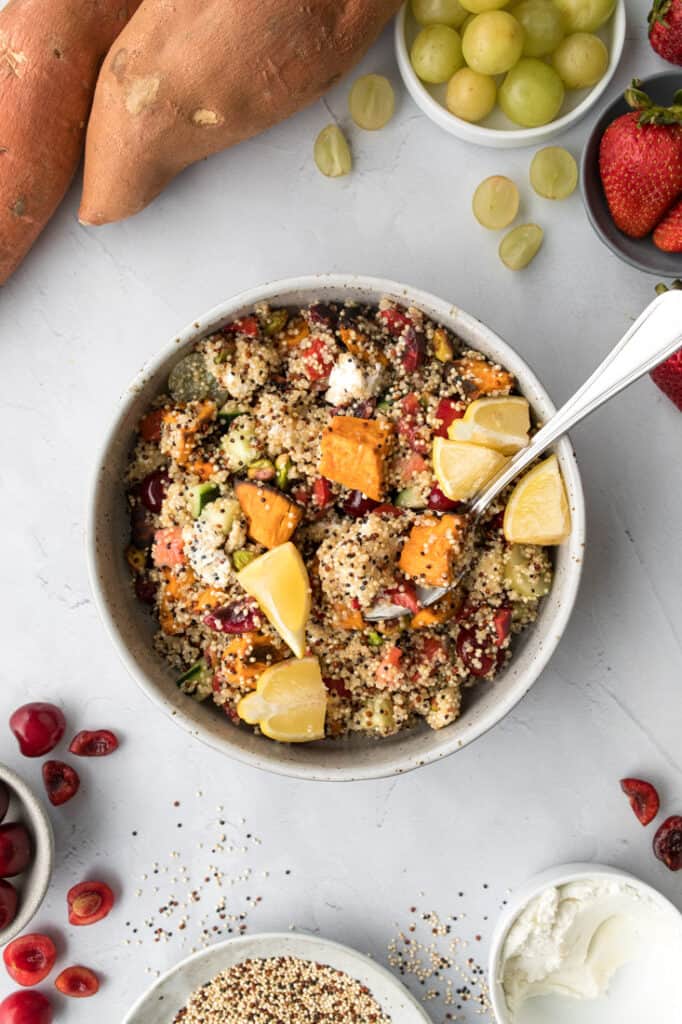

Like This Content?
Support Bucket List TummyYour post is timely since I am planning to join a local marathon next week. PBJ with bananas is also my go-to snack for marathon. Keep hydrated and lots of warm-up before running is important.
How exciting! Which marathon?
I have such a sensitive stomach that I will have stomach issues if I try to have any “solid” food before or during my run. So … during any 10k race I will take a PowerBar SimpleFruit (applesauce consistency) because I NEED something. For a half marathon I will take 2-3 of these nutrition packs with one before the start of the race. Might seem like a LOT but I NEED it or else I BONK! 🙁
I haven’t tried the SimpleFruit yet, but I know that many people who can’t do solids like the applesauce consistency. Thanks for sharing! And it just speaks to how individual we all are. I’m glad you’ve found that works for you!
Love this post! Going to share it on Friday for my favorites post! Also, you should jump on my UCAN webinar tonight if you get a chance YOU WOULD LOVE IT! The link is on the HH facebook page!
I’m sad I missed that webinar! Do you work with them? I’ve heard good things about UCAN but haven’t tried it.
Fueling is so important and not being back into the race routine I truly sucked this past weekend in my race because I was not fueled properly! I hope to get back in the swing of things and do better next time!
We live and we learn!
I am a huge fan of Tailwind. Lately, though, I’ve had issues even using that on my long runs. I’ve changed up my fueling strategy, bringing one bottle of concentrated Tailwind and stopping at the water fountains to take in water. So far so good. I’m thinking this will fit in nicely with my run/walk strategy, where I can walk through the water stations.
On shorter runs, I like to run fasted, except for my morning coffee.
i love my morning coffee too 😉
Great tips… fueling is so an individualized, there isn’t one thing that works for everyone. I really love the huma gels (particularly the huma+). I have a packet of tailwind i need to try out on my next long run…. I hear great things about it.
I love it, but like you said, it’s truly very individual!
Great post. Honeystinger chews and gels for me during marathon training worked great. I hate mixing those with anything other than water so I relied on salt tabs for electrolyte balance and enhanced hydration. Also stopped at most water stops before 15 miles and every water stop after during the marathon.
Salt tabs are so helpful for so many!
I’ve been practicing with Honeystinger waffles and I’m really liking them! I’m having more trouble lately with hydration. I come home covered in salt and can’t drink water quickly enough before I get a headache! I probably need to add electrolytes to the water I bring on my runs?! But I always forget this before I head out, ha!
Yes, maybe! Could be worth adding some electrolytes either before/during your run. The honeystinger waffles are delicious, aren’t they?!
Great tips! Thanks for sharing! I usually have to eat “real” food when I’m doing runs longer than 2 1/2 hours…all throughout marathon training the gels have made my stomach upset so I stopped doing those and started trying other things. I’ve found that potatoes work well and oranges usually do well for me too. Gummi bears have worked for me in the past as well. Just something with sugar!! Lol.
I look forward to the real food after those long runs, for sure! I love the gummi bears idea.
There’s a lot of great info in the post! What works for fueling and hydration is specific to each individual. Runners must try it all to see what strategy works best. I don’t eat anything before or during a training run for up to an hour unless it is very hot. Then, I feel I need a little something in my stomach. Even the weather can change my strategy. I’ve also learned too much liquid before a race doesn’t set well with me. Thanks for linking!
I definitely agree that to find what works best, it’s worth it to try a few different things.
Thanks for sharing this! I am a pretty casual runner and have dreams of trying some longer runs. This is super helpful.
You’ll be prepared when you do! 🙂
I love how you broke it down; I think I was doing a lot of my runs earlier this year with too little fuel, and I definitely felt it on some of them. I don’t normally have to take any fuel up to about 7-8 miles, but after that I really start to feel it. It’s amazing how our bodies need those carbohydrates.
I’m glad you’ve felt the difference of fuel!
Love this! It’s so interesting how different fuel sources help different people. I tried chews on my run this weekend and discovered that chewing while running results in me coughing up a lung lol so I will stick to gels from now on. I’ve never tried nuun tablets but I think I will since they seems to have good benefits!
chewing while running definitely takes practice 🙂
That yogurt bowl looks very tasty! I usually do not train with gels but I always have them in longer races.
I’ve practiced my training without them too, but they definitely come in handy for anything over 12-13 miles for me.
I ma phasing away from Gu gels (nasty tummy troubles post-race), but Honey Stinger gels are not as bad. I’ve never tried Huma gels….I keep forgetting to look for them when I’m in sporting goods stores.
I find that Huma gels are a little easier/lighter on the stomach than Gu’s – more watery. I love the honey stinger gels too!
Great advice. I usually do 10 milers and don’t need fuel, but I’ve got a few Halfs on my schedule. I was using chews until I broke a crown during the NYC Half in March. I take applesauce on my bike and might try that during my next half.
Broke a crown? Oh no! I’d switch to applesauce too, ha. Great idea.
I know everyone loves tailwind but I tried it and found it way too salty for me. My stomach does not get too upset so I usually stick to Gatorade on longer runs or bike rides. Thanks for sharing your info
So true that everyone is so different. Glad that gatorade works for you!
Great tips! Ive used Gu and Honey Stinger Gels during runs, and I’ve been curious about Huma. I did my first long run in awhile this weekend and had a Gu. I was nervous about how I would feel but luckily had no issues! Hope you have a great trip!
I’m glad you had no issues – sometimes one works better for me than others!
These are awesome tips. I love NUUN tabs in my water during/after workouts, too! This morning before spin I had some Greek yogurt and coffee with almond milk about an hour before, and it worked perfectly.
Nuun is my favorite, they have great flavors!